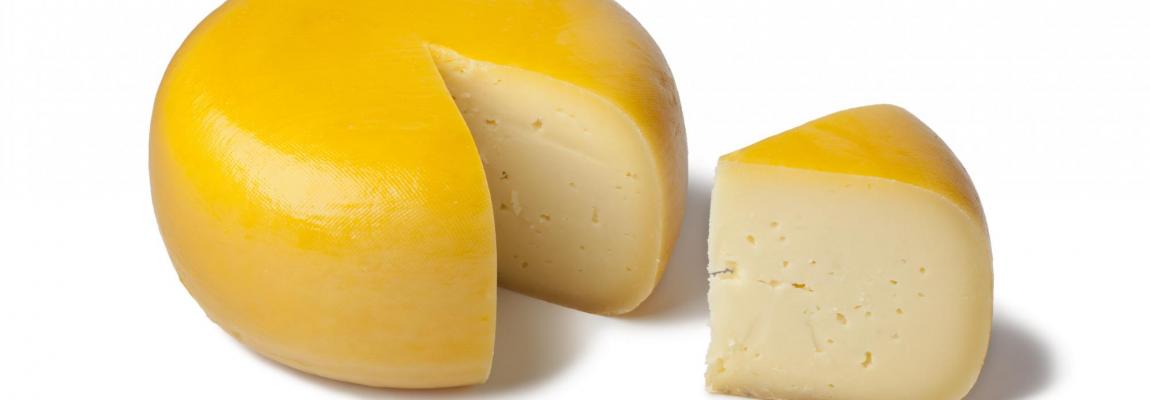
Customer reference
Edmund Mach Foundation
Edmund Mach Foundation (Italia), prestigious institution which over the years has achieved many important goals at international level delivering a range of education, training and technology transfer programs in the fields of agriculture, food processing and sustainable development. It gathers around 250 researchers.

Activity: Agricultural centre working on agriculture, food processing and sustainable development projects
Context: Assessment of perceived food quality (apples & cheese)
Equipment: IRIS Visual Analyzer
Websites: http://www.fmach.it/eng & https://sites.google.com/a/fmach.it/sensorylab/home
Assessment of the perceived quality of food products using a Visual Analyzer
Its Research and Innovation Centre carries out studies and innovations in the fields of agriculture, nutrition, and environment, with the aim to generate new sharing knowledge and to contribute to economic growth, social development and the overall improvement of the quality of life.
Within the Food Quality & Nutrition Department of the Research & Innovation centre, a research group is dedicated to Sensory Quality (FEM Sensory Lab). The mission of this group is to develop and apply methodologies and innovative technologies to measure the perceived quality of food in order to interpret and predict consumer choices. As part of this mission, the Sensory Quality group acquired an IRIS Visual Analyzer from Alpha MOS to evaluate the visual aspect of several food products and relate it to visual aspect of quality as perceived by consumers.
The instrument was used to assess the color of Gala apples, whose clones can show different visual qualities. Gala apples can be classified into 9 categories of color ranking from “completely washed out” to “strongly striated”. The striated clones are those preferred by retailer and appreciated by consumers.
“IRIS is perfectly suited for objectively characterizing the visual properties of food in accordance with the trained panel”
Dr. Aprea, researcher within the Sensory Quality group, explains: “The models obtained with IRIS Machine Vision could be applied immediately for an objective evaluation of the remuneration of the suppliers.”
The Sensory Quality group also used IRIS Visual Analyzer to characterize the color and visual aspect (size and distribution of holes) of various Montasio cheese produced in the mountains. The objective was to study the influence of pasture and feed supplement quantity given to cows on the visual quality of cheese.
The instrumental analysis rapidly showed that the color of cheese is influenced by the type of forage given to cows: pasture influenced the intensity of the straw-color of the cheese paste. It also appeared that the cheese produced from cows being given a higher amount of feed supplement shows bigger and irregular-shaped holes. Dr. Aprea comments:” The differences observed in the color and in the description of holes are consistent with the results obtained by the trained sensory panel. Fast, reliable and detailed data on the the color and shape of holes (number of holes, shape, size, distribution, etc.) could be obtained with IRIS Visual Analyzer.”
Eugenio Aprea, Researcher (right)
Jessica Zambanini, Technician (left)Sensory Quality Research Group
Fondazione Edmund Mach
